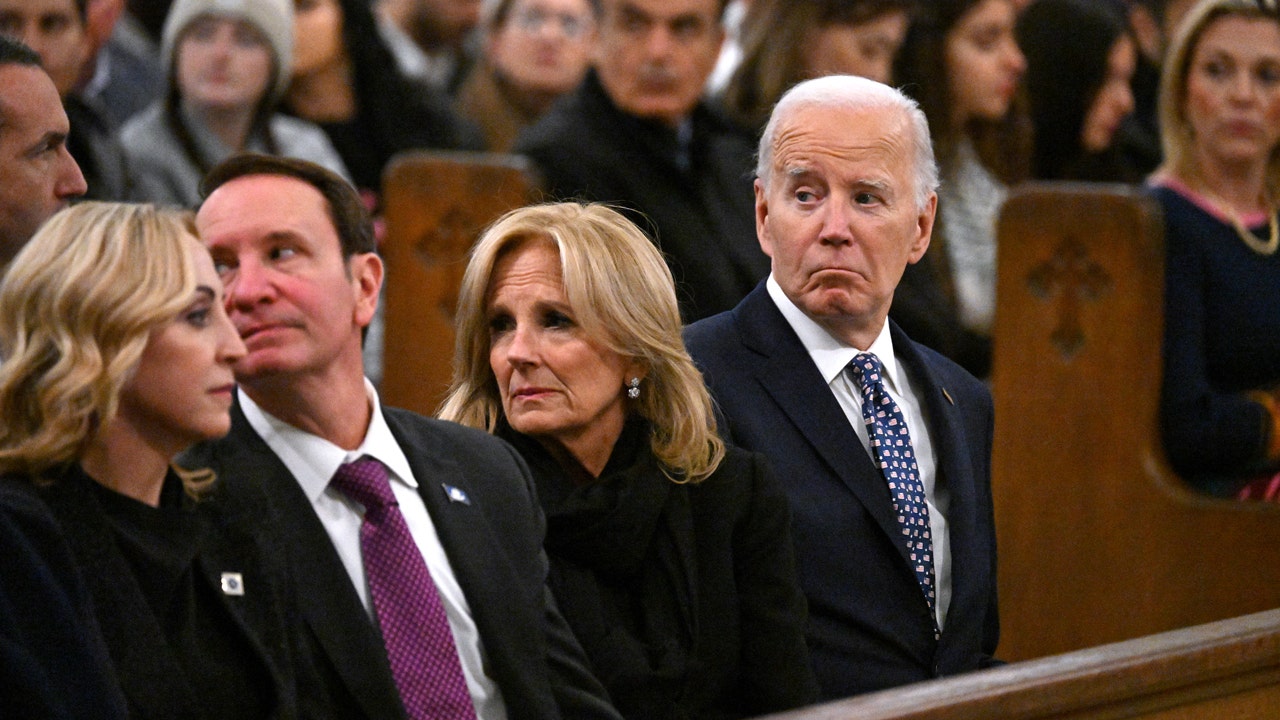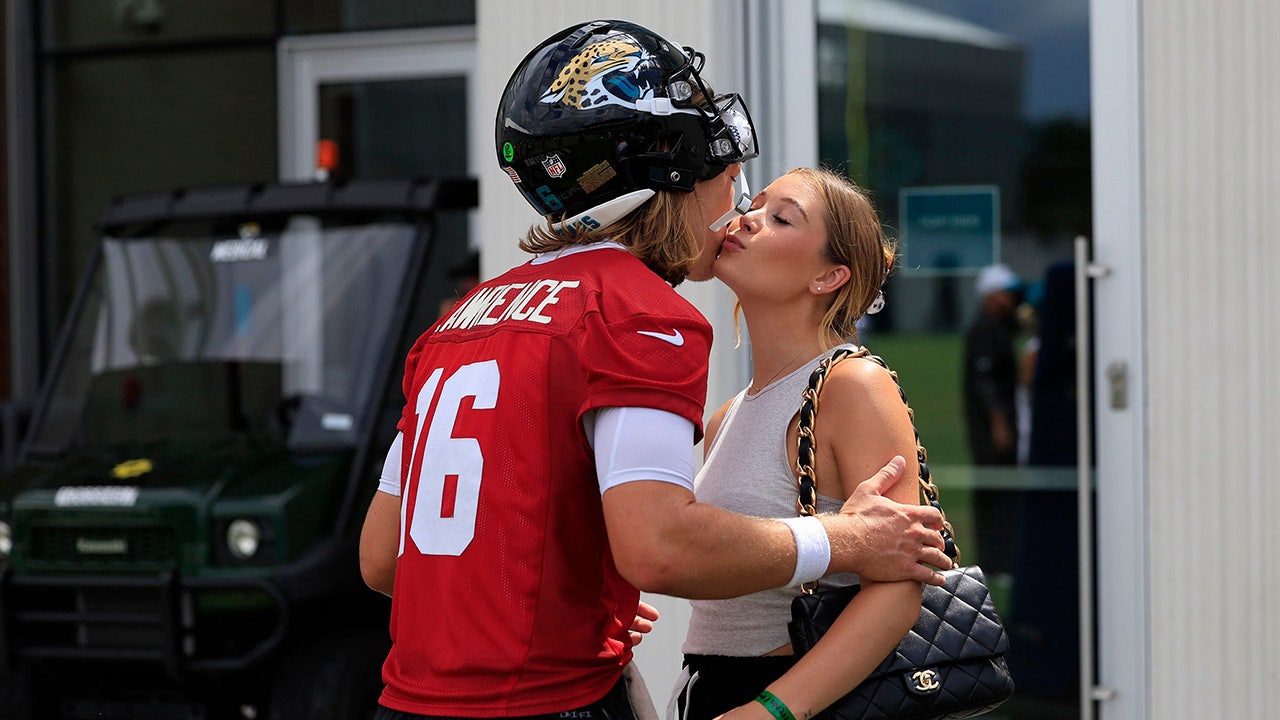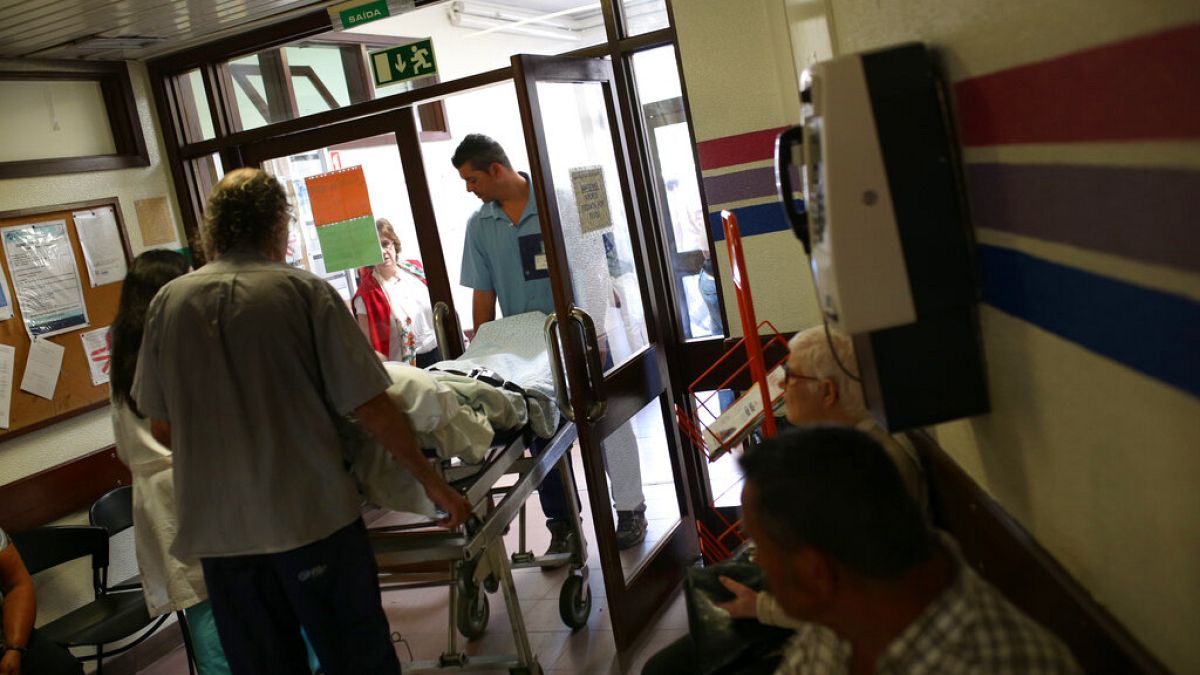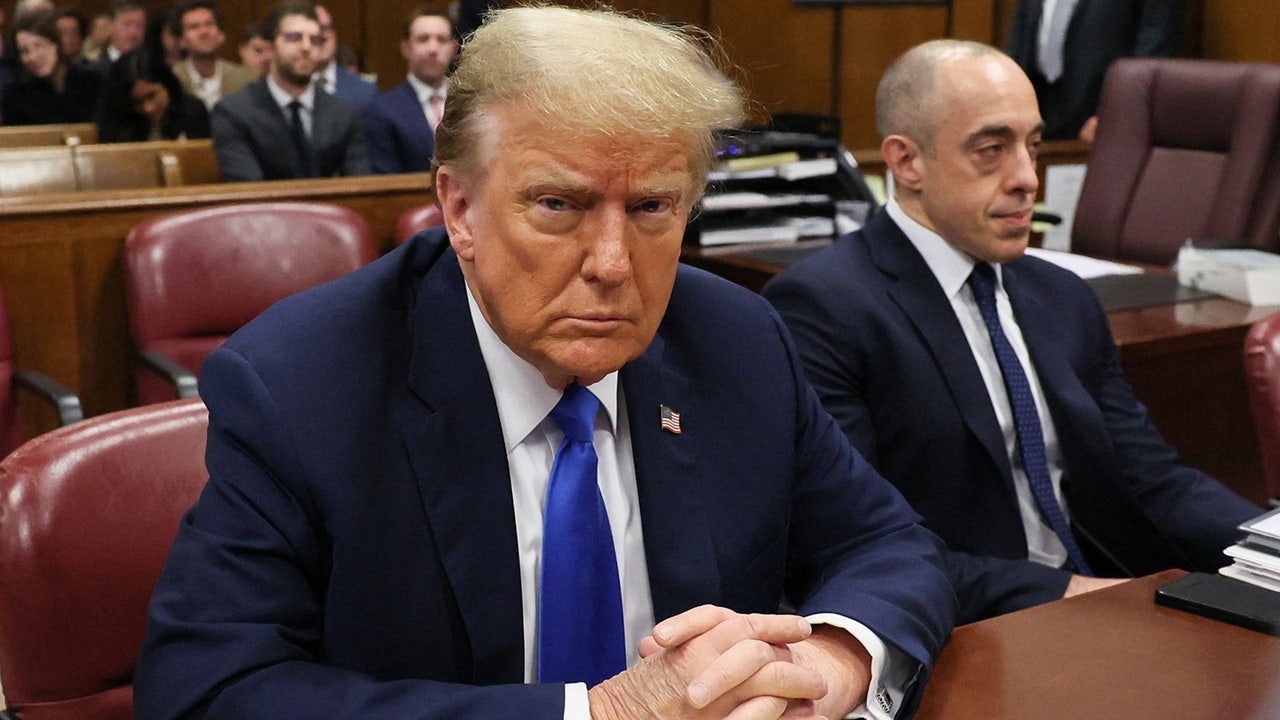San Francisco, CA
The Golden Gate Bridge Was a Dream That Turned Into a Depression-Era Nightmare for the 11 Men Who Died During Its Construction
/https%3A%2F%2Ftf-cmsv2-smithsonianmag-media.s3.amazonaws.com%2Ffiler_public%2Fbe%2F7b%2Fbe7bfa39-ecb3-42ab-92cc-5ebcde41a5ec%2Fgettyimages-530797710.jpg)
The construction of the Golden Gate Bridge was an immense project with an immense cost.
George Rinhart / Corbis via Getty Images
Today, San Francisco’s Golden Gate Bridge may be the world’s most photographed. Upon its completion, it became Earth’s longest suspension bridge and the Bay Area’s most famous attraction.
But in the early 20th century, it was just an impossible dream—and when construction workers broke ground on January 5, 1933, work started inauspiciously as they began moving three million cubic feet of dirt.
The idea for a bridge across the Golden Gate Strait, where the Pacific Ocean flows into the bay in Northern California, was first floated in 1872 by railroad mogul Charles Crocker. But most dismissed Crocker’s idea. A bridge stretching almost two miles across open ocean? Unfeasible.
Nearly five decades later, in 1916, San Francisco engineer James H. Wilkins re-proposed the bridge, and by 1919, officials tasked city engineer Michael M. O’Shaughnessy with exploring the idea. When O’Shaughnessy consulted with engineers from across the country, most estimated such a project would cost more than $100 million, if it could be done at all.
One engineer, though, believed in the project from the start: Joseph B. Strauss, who told O’Shaughnessy it could be built for around $27 million.
Strauss’ original design was a dud, so he recruited other players who steered the project onto a successful course. Charles Ellis, an Illinois engineer, and Leon Moisseiff, designer of New York City’s Manhattan Bridge, drew up a new, $35 million plan. Architect Irving Morrow contributed the Gate’s famous aesthetics, like its Art Deco lines, dramatic lighting and iconic reddish color—called “industry orange.”
Construction began in January 1933. In 1934, the north tower was raised, and in 1935, the south pier. By 1936, workers had built a precarious catwalk between them so they could build suspension cables in situ.
Facing Pacific winds atop the towers, workers insulated their jackets with crumpled newspaper. “You put all the clothes on you had and worked, worked hard, or you’d freeze,” worker Martin Adams told KQED. He called the Golden Gate Strait “the coldest place I’ve ever worked.”
Still, it was the 1930s—the middle of the Great Depression—and people were desperate for work. Hopeful men lined up, waiting for construction jobs that would open when laborers inevitably died on the job.
Loss of life was expected with big projects like this one, but Strauss took a special interest in protecting the bridge’s builders. Workers wore special hard hats and glare-free goggles, and Strauss insisted on an unheard-of construction feature: a $130,000 safety net. It ended up catching 19 men, who called themselves the “Halfway to Hell Club.” But it didn’t catch all who fell.
On February 17, 1936, construction workers were tasked with removing wooden scaffolding, working from a temporary catwalk. Adams watched as the catwalk broke away, ripped through the safety net and fell into the ocean, taking 12 men with it—220 feet down.
“The only thing that went through my mind was survival,” said Slim Lambert, one of the falling men. “I knew that to have a prayer, I had to hit the water feet first.”
When Lambert plunged into the Pacific, his legs became tangled in the sinking net. He was pulled so deep that his ears bled before he untangled himself and swam to the surface. He and two others were plucked from the waves by a crab fisherman, but only Lambert and colleague Oscar Osberg survived.
Construction continued. By May 1936, the cable compression was finished, In November, two main span sections were joined, marked by a blessing with holy water. In the first half of 1937, the roadway was paved.
Finally, on the morning of May 27, 1937, 18,000 people gathered on each side of the finished Golden Gate Bridge as it opened to pedestrians. San Franciscans had fun with it, marking historic firsts: The San Francisco Chronicle recorded the first person to walk across the bridge on stilts, pushing a stroller, on roller skates, on a unicycle and while playing a tuba. A week’s worth of celebrations became known as the Golden Gate Bridge Fiesta.
The bridge has since become a symbol of architectural ingenuity and Bay Area style. After all, its construction was championed by citizens who voted to spend a fortune building a structure once deemed impossible in a time of economic strife.

San Francisco, CA
San Francisco 49ers clean out lockers after early end to season

San Francisco, CA
San Francisco Giants Middle Infielder Emerged As Stellar Building Block

The 2024 season was another disappointing one for the San Francisco Giants as they failed to make the postseason for the third consecutive year and seventh time out of the last eight campaigns.
A wide gap currently exists between them and their National League West rivals, the defending champion Los Angeles Dodgers and San Diego Padres.
Looking to close that gap, new president of baseball operations Buster Posey was aggressive in free agency, signing shortstop Willy Adames to a seven-year, $182 million deal.
He provides the team with some much-needed offensive production to the middle of their lineup. Among the best offensive players at his position in the league, his addition was a major first transaction for the three-time World Series winner looking to get the franchise back to the level of prominence they experienced when he was the starting catcher.
With Adames now entrenched at shortstop, it means the Giants can slide Tyler Fitzgerald over to second base full-time.
Not someone who was considered to be in the mix for playing time during Spring Training, the versatile infielder earned his way into the lineup with his production and never stopped hitting.
His rookie campaign came out of nowhere and he was excellent, slashing .280/.334/.497 as one of the team’s most consistent hitters. An extra-base machine, he slugged 15 home runs with 19 doubles and two triples in 341 plate appearances to go along with 17 stolen bases.
Second base is where he should spend most of his time in 2025, but he has the capability of filling in other places around the diamond, giving manager Bob Melvin some flexibility when it comes to making lineup decisions.
As a rookie, Fitzgerald logged innings at center field, left field, second base and first base in addition to playing primarily shortstop. He was even on the mound for three innings.
That level of production was good enough for him to be recognized by MLB and MLB Network as one of the best rookies in 2024. He cracked their list of the top newcomers, landing at No. 25.
The top 25 rookies of 2024!
According to MLB Network: 🧵⬇️ pic.twitter.com/YxMx2dSjCH
— MLB (@MLB) January 5, 2025
It was a spot that he earned with his unexpected production, which San Francisco is hoping he will carry over into 2025.
Now a key part of the team’s plans moving forward, Fitzgerald will be counted on as an everyday player. He looked capable of being an above-average performer with the glove at second base, which will make him even more valuable if he can keep up the torrid pace he had at the plate.
With Matt Chapman at third base, Adames at shortstop and Fitzgerald at second, the Giants are set for years to come in the infield. All they are awaiting now is first baseman Bryce Eldridge, who could easily be on the top rookies list in Fitzgerald’s place at this point next year.
San Francisco, CA
Why history shows 49ers owning No. 11 draft pick is good omen

The 49ers officially will select No. 11 overall in the 2025 NFL Draft, a good omen given the history of blue-chip difference makers who historically have been taken at that spot.
San Francisco already has struck gold at No. 11, drafting Pro Football Hall of Fame linebacker Patrick Willis with that selection in 2007.
The 49ers also landed a key contributor from the No. 11 spot in the 2011 draft, selecting offensive lineman Anthony Davis. The Rutgers product served as San Francisco’s starting right tackle during a renaissance period that saw the franchise reach at least the NFC Championship Game for three consecutive seasons from 2011 to 2013.
However, the 49ers aren’t the only team who has found good fortunes with the No. 11 overall pick, as three players selected in that spot since 2002 have gone on to be enshrined in the Hall of Fame.
That doesn’t include two more likely first-ballot inductees in former Pittsburgh Steelers quarterback Ben Roethlisberger and perennial All-Pro defensive lineman J.J. Watt, who are sure to be immortalized in Canton when they’re eligible.
Nearly half of the players selected No. 11 overall since 2001 have gone on to become Pro Bowl players, with five of them earning multiple First-Team All-Pro selections during their NFL careers.
Here are some notable players taken with the No. 11 overall pick since 2000:
Freeney spent 16 years in the NFL, earning seven Pro Bowl selections and three First-Team All-Pro selections while serving as a key cog of the Indianapolis Colts’ Super Bowl XLI win.
Roethlisberger spent his entire 18-year NFL career with the Steelers, winning two Super Bowls and earning six Pro Bowl selections while throwing for 64,088 yards — the fifth-most in NFL history.
Ware widely is regarded as one of the best pass rushers in NFL history, earning four First-Team All-Pro selections and nine Pro Bowl nods during his 12-year career. Ware helped lead the Denver Broncos to a win in Super Bowl 50 and was inducted in the Hall of Fame in the class of 2023.
A polarizing figure, Cutler was a gunslinging quarterback who carved out a nice 12-year career, starting over 153 games combnined for the Broncos, Chicago Bears and Miami Dolphins. He also earned Pro Bowl honors in 2008.
A player that needs no introduction, Willis spent his entire eight-year career with the 49ers, where he was one of the NFL’s best defensive players year in and year out. Willis earned five First-Team All-Pro selections and seven Pro Bowl nods, rightfully taking his place among the game’s immortals after being enshrined in the Hall of Fame in 2024.
In a draft loaded with superstars, Watt arguably shone the brightest. Bursting on the scene early in his career, Watt earned three NFL Defensive Player of the Year Awards to go along with five First-Team All-Pro selections and five Pro Bowl nods. Simply put, one of the most dominant players the NFL has ever seen at his peak.
Lattimore made an immediate impact upon entering the league, earning Pro Bowl and Defensive Rookie of the Year honors while starring for the New Orleans Saints’ secondary. Lattimore has earned four Pro Bowl selections in his eight-year career and spent a considerable amount of time being viewed as one of the NFL’s top defensive backs.
Originally drafted by the Dolphins, Fitzpatrick truly hit his stride after being traded to the Steelers in his second season. Since then, the talented defensive back has gone on to earn three First-Team All-Pro selections and four Pro Bowl nods and still is viewed among the league’s best safeties in his seventh season.
While every draft class is different, the historical success of the No. 11 spot offers some optimism for the 49ers as they attempt to restock their roster for a bounce-back season in 2025.
Download and follow the 49ers Talk Podcast
-

 Health1 week ago
Health1 week agoNew Year life lessons from country star: 'Never forget where you came from'
-
/cdn.vox-cdn.com/uploads/chorus_asset/file/24982514/Quest_3_dock.jpg)
/cdn.vox-cdn.com/uploads/chorus_asset/file/24982514/Quest_3_dock.jpg) Technology1 week ago
Technology1 week agoMeta’s ‘software update issue’ has been breaking Quest headsets for weeks
-

 Business6 days ago
Business6 days agoThese are the top 7 issues facing the struggling restaurant industry in 2025
-

 Culture6 days ago
Culture6 days agoThe 25 worst losses in college football history, including Baylor’s 2024 entry at Colorado
-

 Sports5 days ago
Sports5 days agoThe top out-of-contract players available as free transfers: Kimmich, De Bruyne, Van Dijk…
-

 Politics4 days ago
Politics4 days agoNew Orleans attacker had 'remote detonator' for explosives in French Quarter, Biden says
-

 Politics4 days ago
Politics4 days agoCarter's judicial picks reshaped the federal bench across the country
-

 Politics2 days ago
Politics2 days agoWho Are the Recipients of the Presidential Medal of Freedom?
/cdn.vox-cdn.com/uploads/chorus_asset/file/25070059/DSCF9169.jpg)













